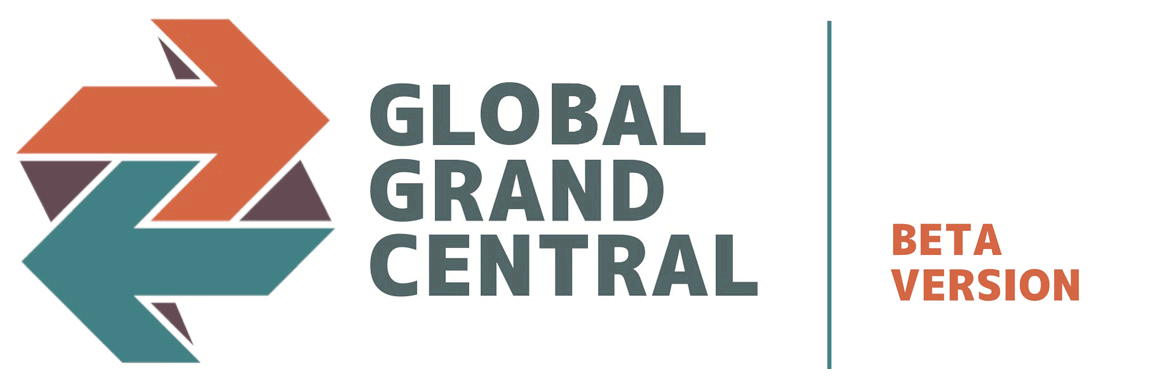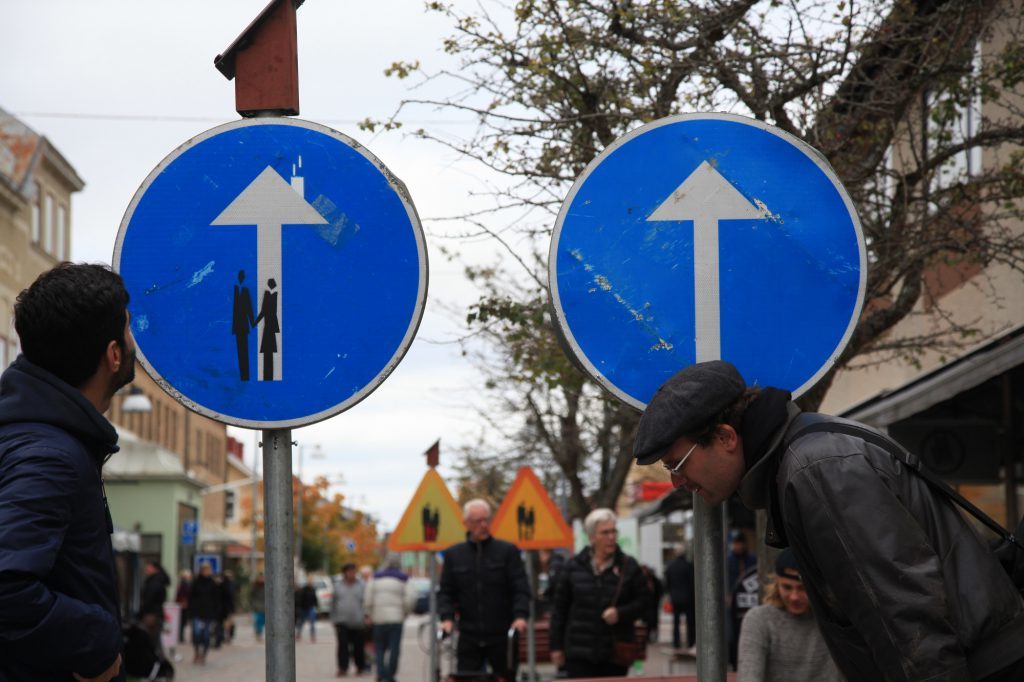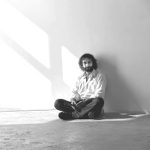Why
After being selected for a residency in Not Quite(Fengerfors, Amal, Sweden), I was interviewing a lot of women in the town coming from different backgrounds during different periods of time, and who all live now in Sweden (ethnic Swedes, women from Finland and Austria after WWII, from Bosnia, From Iraq, and recently from Syria).
The intention was to investigate cultural borders through the perception of women, but also to check the shifting role of women through time and space.
Many different opinions were collected, and cultural borders had much less importance than those psychological.
Each person feels differently, perceives things differently, belongs differently, and these interviews proved an opposite to the basic generalisation concepts we create for understanding differences.
The findings were a proof of the complexity and richness of the social tissue, that created by different individuals.
Location
Åmål, Sweden/12.697732299999984,59.05111699999999,4/1000x300.png)
Characteristics
Area
Audience
How the audience/participants were reached or discovered
Road signs were created, each two expressing different opinions on the same subject.
These signs are fed through solar energy, so they can be placed anywhere in the city, sidewalks or outdoor spaces.
They are here, in the city, and depending on the sun movement they start talking together, delivering intimate experiences of women living in the same geography but from different cultural backgrounds.
How it was done
How
Public Art
Sound
Results
Main lessons learned
Credits
Karl Hallberg
Waleed Jad
Roberto Cimetta
Not Quite
Europe Grand Central


 An activity by
An activity by 